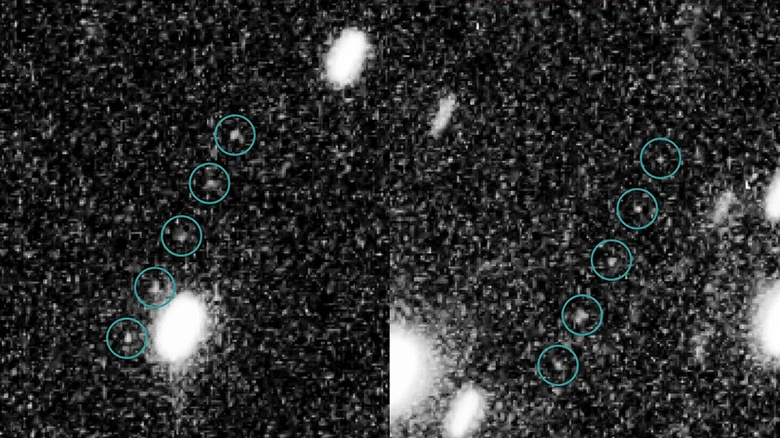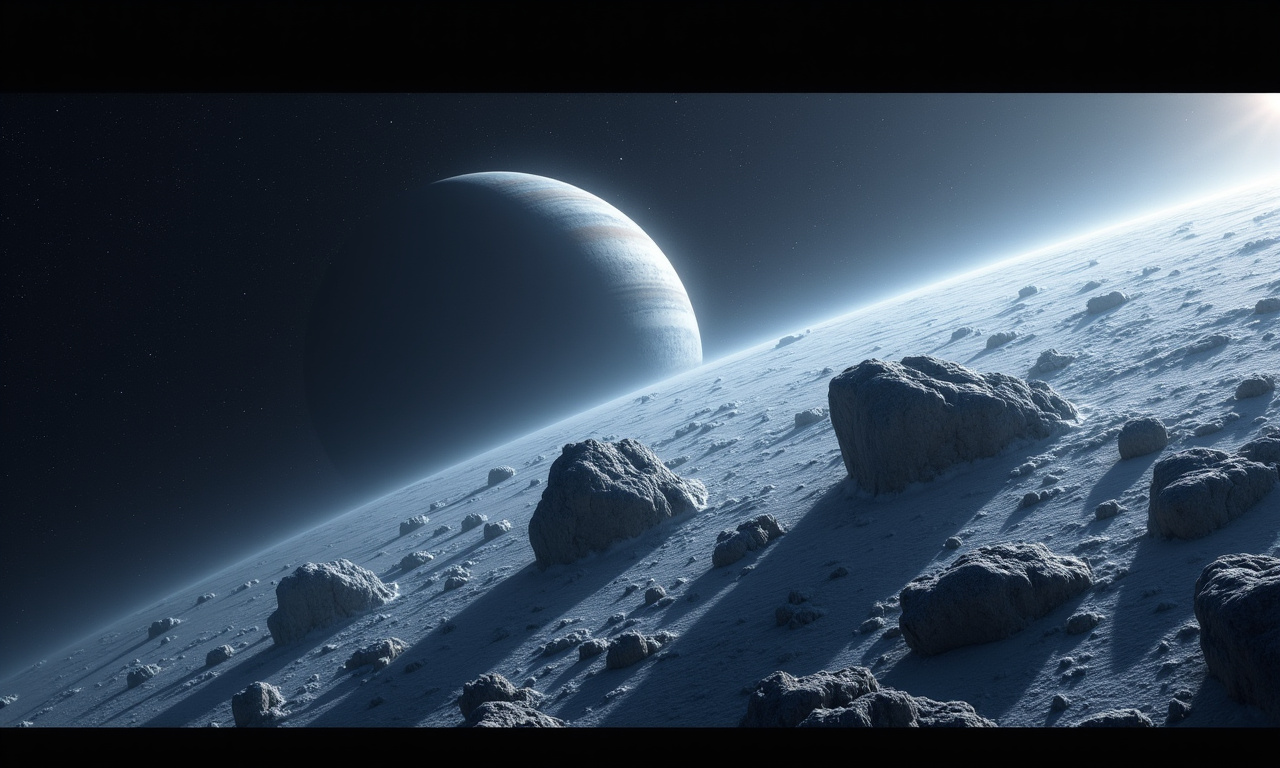A group of researchers from Princeton University studying the dynamics of objects in the Kuiper Belt-a region beyond Neptune’s orbit-has discovered signs of the presence of a “very old, untouched structure.” The Kuiper Belt is located between 30 and 50 astronomical units (AU) from the Sun and contains millions of small icy bodies and dwarf planets, including Pluto, Makemake, Eris, and Arrokoth.
In 2011, astronomers analyzing the orbital distribution of 169 trans-Neptunian objects (TNOs) identified three distinct groups within the classical Kuiper Belt: a “hot” component with a wide range of orbital inclinations and two “cold” components-“stirred” and “kernel”-with narrower ranges. The “kernel” stood out as a dense cluster of objects around 44 AU from the Sun.
In the new study, scientists used the DBSCAN clustering algorithm to analyze 1,650 Kuiper Belt objects. They discovered that, besides the already known “kernel,” there is a possible “inner kernel” at about 43 AU from the Sun.

The feature of this proposed structure is its low eccentricity, meaning the orbits of the objects within it are very close to circular. “Such orbital stability is a sign of a very old, untouched structure,” explains the lead author of the work, astrophysicist Amir Siraj. According to him, similar structures may hold keys to understanding the evolution of the Solar System, the migration of giant planets, and the impact of the interstellar environment.
Although the reasons for the formation of the “inner kernel” remain unclear, scientists suggest that the sudden migration of Neptune could have played a role in its formation, as it did with the already known “kernel.” The authors note that further observations are needed to confirm the existence of the “inner kernel.” They hope that future research, including the use of the Vera Rubin Observatory, will help gather more data and resolve the question of whether the “inner kernel” is an extension of the “kernel” or an independent structure.
Studying such “untouched” areas will help understand how matter was distributed in the early Solar System and how the gravitational interactions of planets influenced the structure of the Kuiper Belt. Recently, advancements in telescope technologies and international collaborations, such as prospective missions from NASA and the European Space Agency, promise to enhance our understanding of such celestial phenomena.









